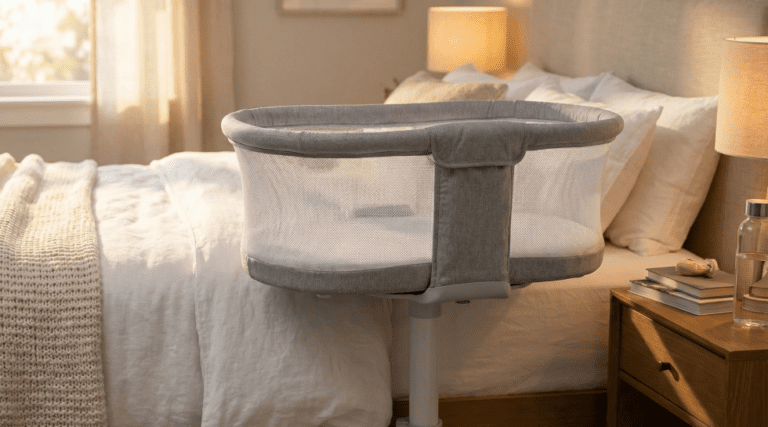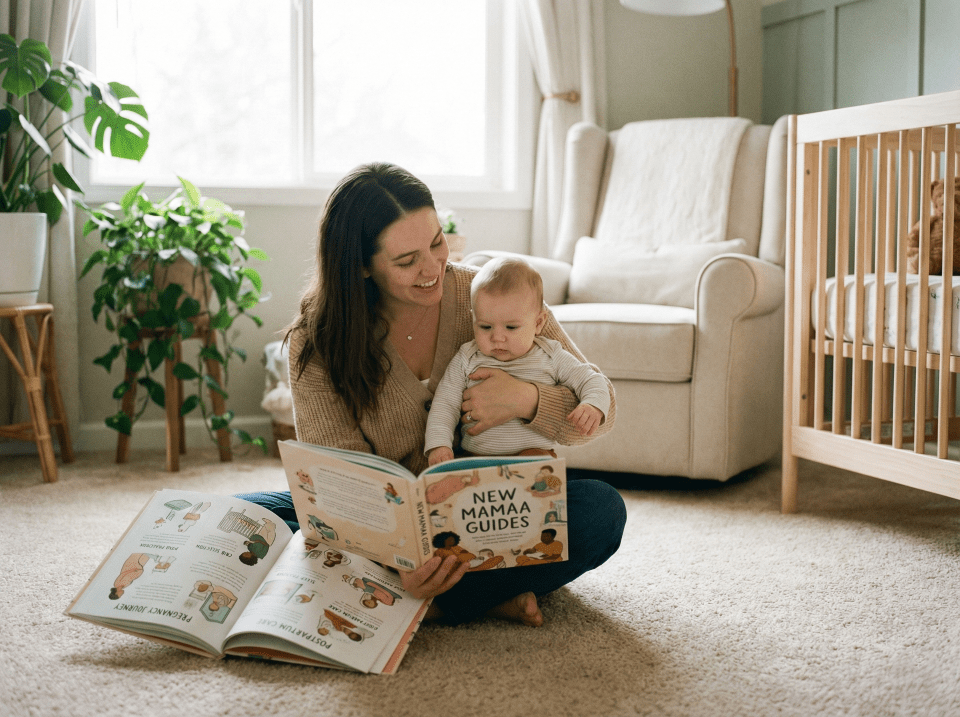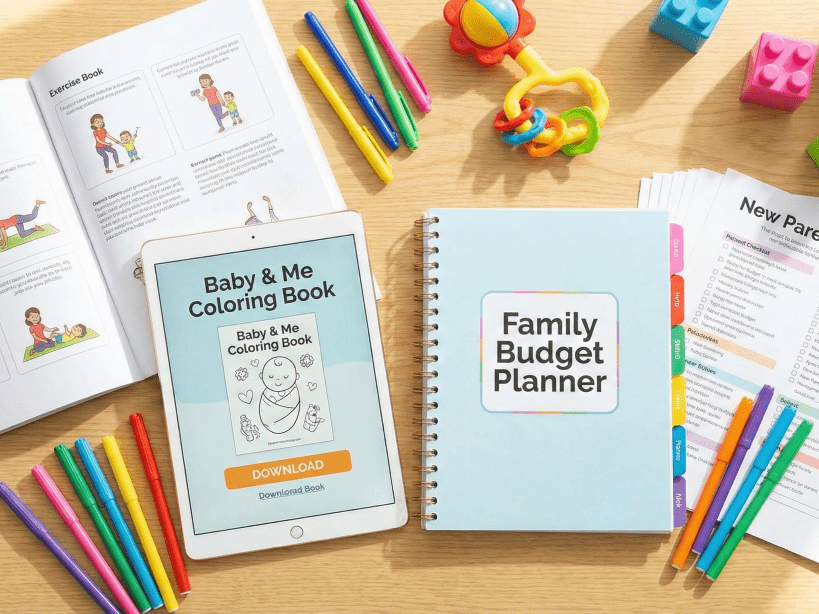Motherhood, One Nap at a Time
Welcome to your digital village, where I share honest encouragement, researched baby tips, and the simple things that make the newborn days feel a little less overwhelming. Grab a cup of coffee (reheated is fine) and settle in—you’re doing a great job, mama.
Fresh Reads !
The latest tips, honest reviews, and parenting insights hot off the press. Dive into our newest articles covering everything from essential baby gear comparisons to practical advice for navigating the first years of parenthood.
Check Them Out!The Lifestyle Starter Bundle
Get my free Lifestyle Starter Bundle and jump into a curated mix of easy routines, home tips, wellness ideas, and gentle inspiration.
Grab the guide now!What’s trending
 Bassinet
Bassinet
Maxi Cosi Iora Bassinet Review (2026): Stylish & Secure?
Tired of ugly baby gear cluttering your master suite? The Maxi Cosi Iora promises to be the bridge between high-end home design and safe sleep. We put it through the ‘New Mom Stress Test’ to see if the premium mattress, massive storage, and sliding function justify the price tag—and how it stacks up against the Halo.
 Bassinet
Bassinet
Baby Delight Beside Me Dreamer Review: A Safe Halo Alternative in 2026?
 Bassinet
Bassinet
Arm’s Reach Clear-Vue Co-Sleeper Review: Is It The Safest Choice in 2026?
 Bassinet
Bassinet
Halo BassiNest 3.0 Review: A C-Section Lifesaver?
 Crib
Crib
Buying a Used Crib? The Ultimate Safety, Inspection, and Restoration Guide
 Crib
Crib
Crib Safety Standards 101: Slat Gaps, Drop-Sides, and Recall Checks
 Crib
Crib
The 10 Best Non-Toxic & Greenguard Gold Certified Cribs for Eco-Conscious Moms (2026)
 Crib
Crib
évolur Aurora 5-in-1 Crib Review: A Fairytale Centerpiece or Just Hype? (2026)
 Crib
Crib





